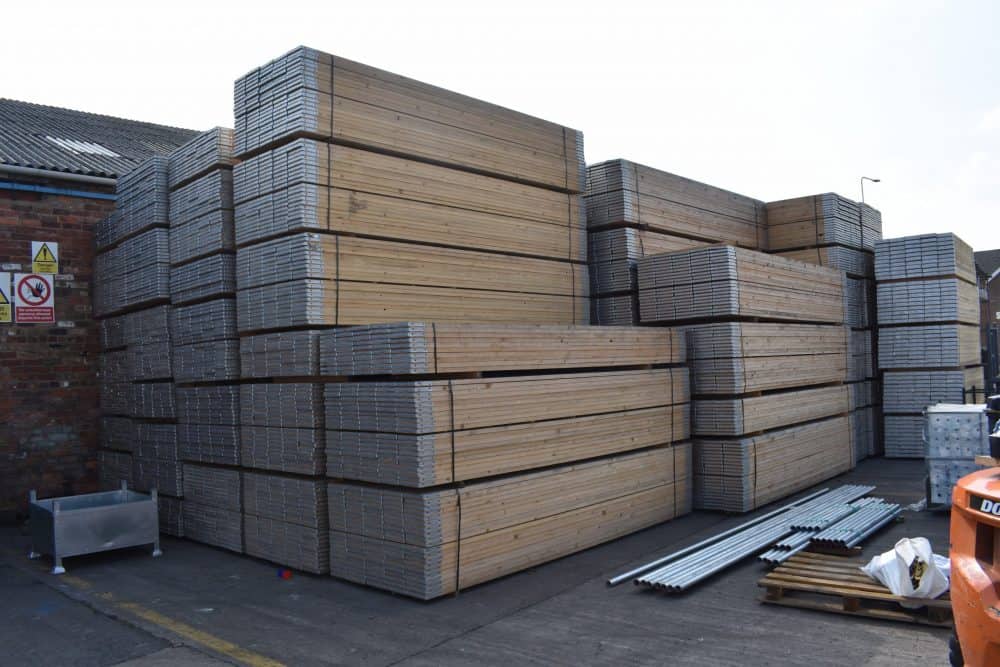The timber industry expects there to be no more mass shortages in 2022.
The Timber Trade Federation (TTF) has reported that more than 3.32 million m3 of timber and panel imports were imported in Q3 of 2021, as the market achieves greater balance between supply and demand after nearly a year of record imports.
Statistics show these import levels are more than 23% over Q3 2020 and, significantly, more than 10% higher than the last time Q3 volumes exceeded three million m3 – in 2007.
Softwood is being imported in larger amounts from a more diverse range of countries over the past quarter, with Latvia, Finland, and Germany growing to account for 61% (1.1 million m3)of the 1.8 million m3 of softwood imported in Q3 2021.
Other timber products, including hardwood, plywood, particleboard, OSB and MDF, have also seen clear increases in Q3 2021 as compared with the previous year.
While some goods continue to be under pressure amidst buoyant demand, and logistics issues, the timber supply chain overall has proven resilient, with the timber industry in a strong position to meet demand in 2022.
Nick Boulton, TTF head of technical and trade policy, said: “These latest statistics continue to reflect the incredible demand for timber products seen over the past year which have kept the UK on track to surpass previous import records.
“After this record period the stock levels have returned back towards their pre-pandemic levels and the logistics supply chain is struggling to find sufficient space for further volume – so much so that in Sweden we are seeing some sawmills reduce their overall production volumes.
“However, while we can see stock levels returning, the UK market is clearly in a different place compared to where it was two years ago, with the likes of HGV driver shortages, port delays and Brexit changes likely to continue to impact the market in the coming months.
“Despite these challenges, these past 21 months have proven that the timber supply chain is resilient. We are in a strong position to meet growing demand for sustainable, low-carbon construction materials – both now and in the future.
“As a low-carbon, low-energy construction material, timber is likely to grow as the material of choice among climate conscious architects, engineers, developers and planners in the UK.
“With the tightest period of tension between supply and demand likely behind us, we can expect a return to more ‘regular’ activity in 2022.”
